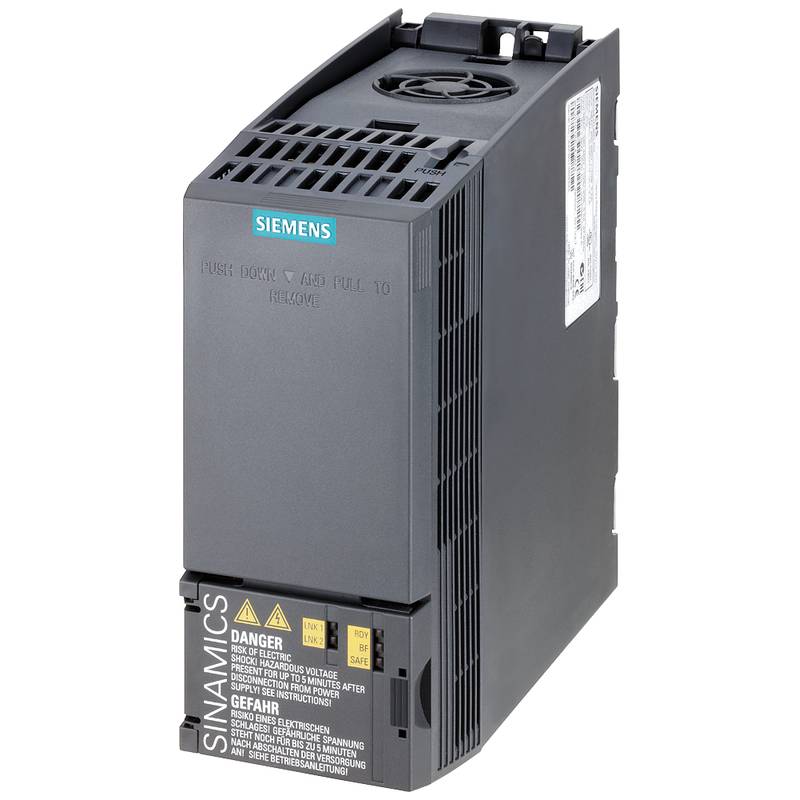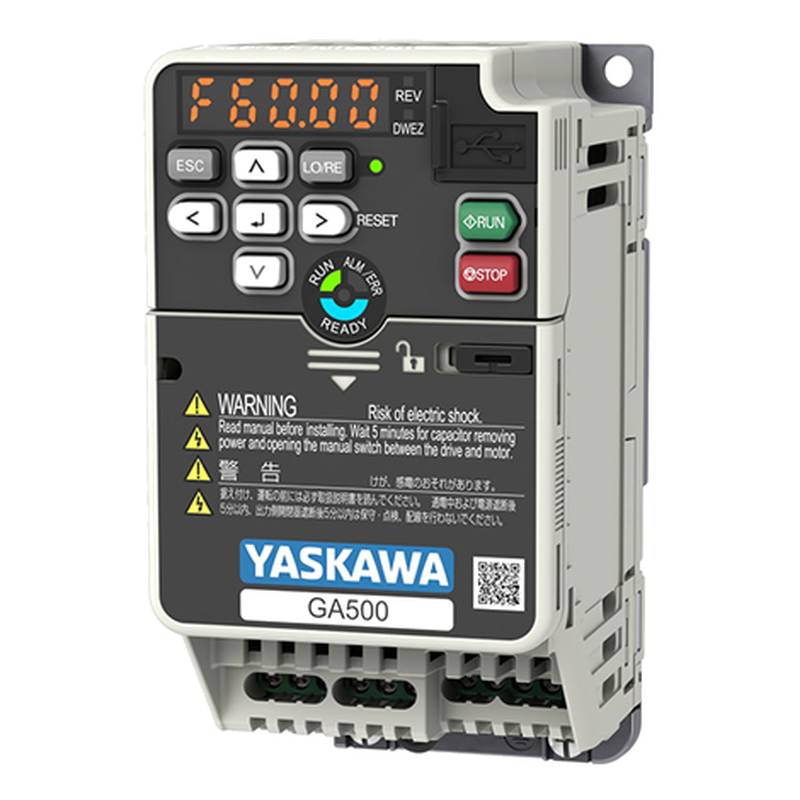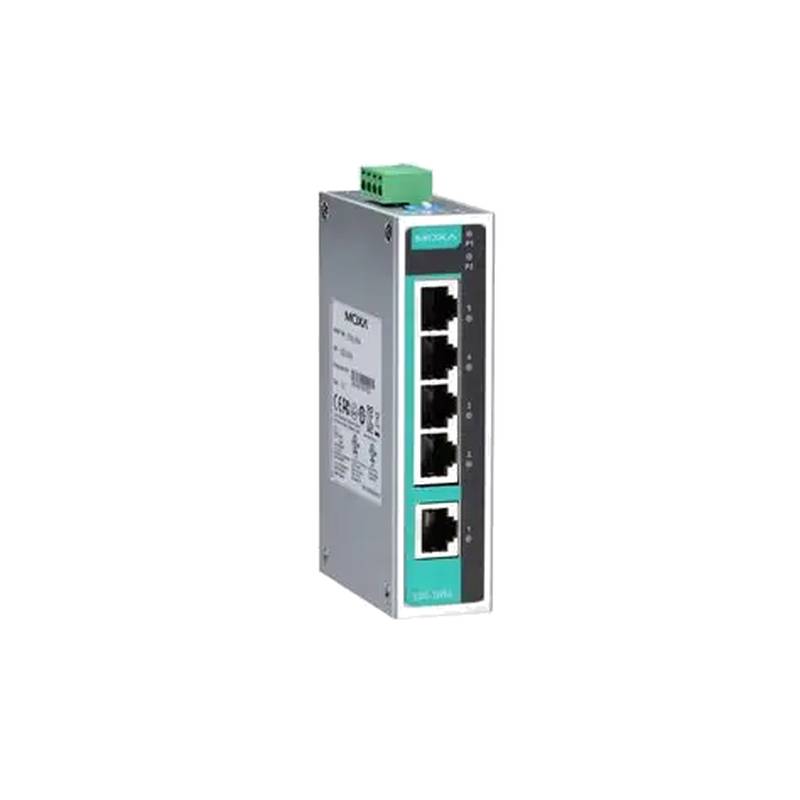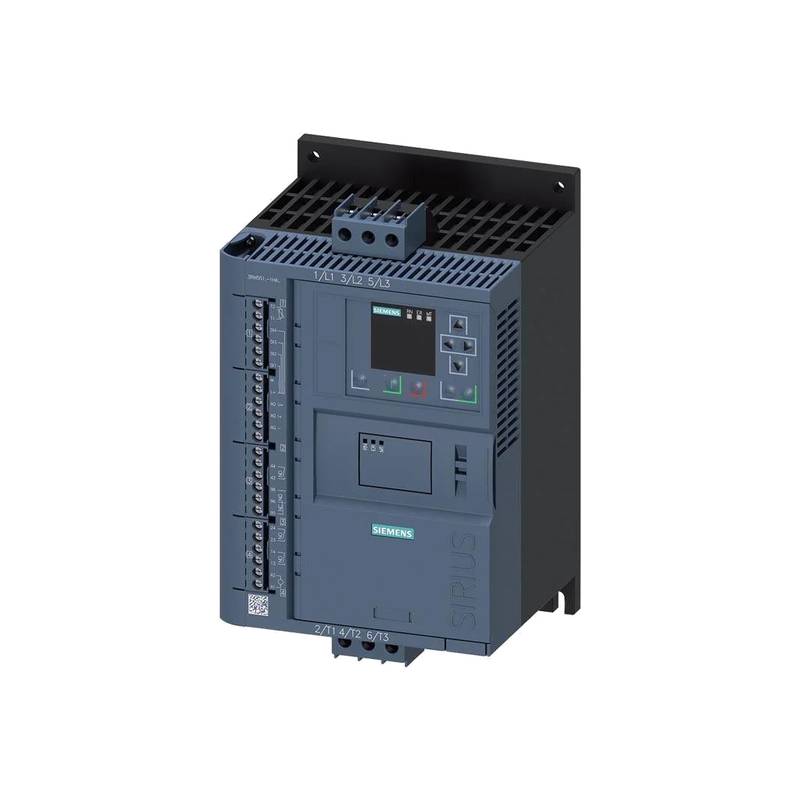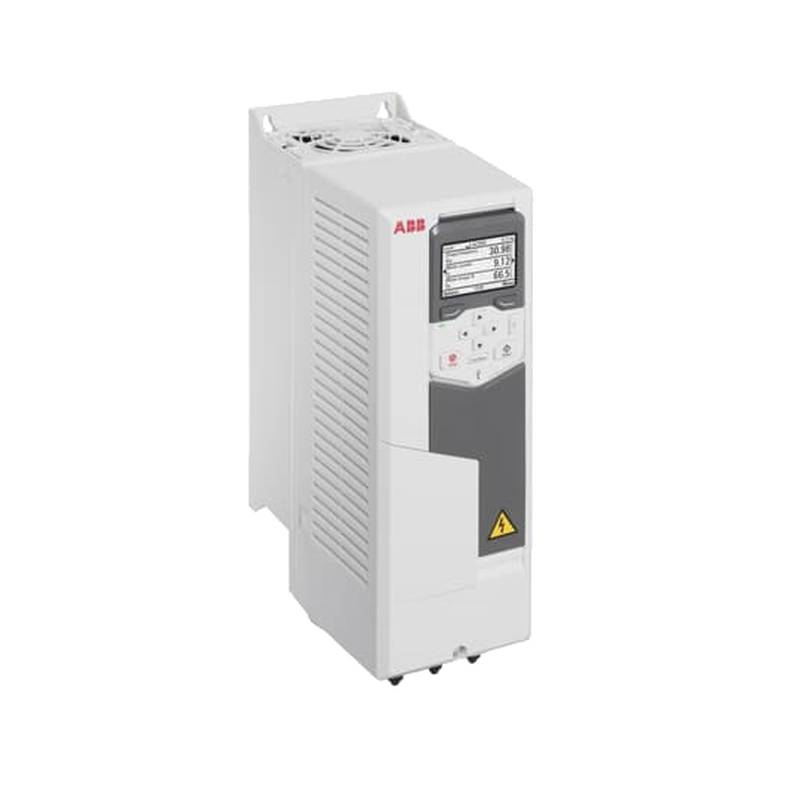
The Siemens 6SL3210-1KE14-3AB2, a Sinamics G120 drive, stands as a robust solution for industrial automation, delivering 1.5kW of power with a nominal output current of 4.1A. This high-efficiency drive is engineered for precise motor control, energy savings, and seamless integration into complex manufacturing environments. Its core advantages lie in its intelligent control algorithms, compact design, and comprehensive safety features, making it a cornerstone for modern industrial processes. The drive boasts advanced diagnostics, a modular structure for flexibility, and a high power density that optimizes panel space.
Product Specifications
| Feature | Specification |
| :------------------- | :------------------------------------------ |
| Product Number | 6SL3210-1KE14-3AB2 |
| Series | Sinamics G120 |
| Nominal Power | 1.5 kW |
| Nominal Output Current | 4.1 A |
| Input Voltage | 3-Phase 380-480 V, 50/60 Hz |
| Output Frequency | 0-550 Hz |
| Protection Class | IP20 |
| Cooling | Forced air cooling |
| Control Type | Vector control, V/f control |
| Communication | PROFIBUS DP, PROFINET IO, EtherNet/IP |
| Safety Functions |STO (Safe Torque Off), SS1, SLS, SBC |
Core Features & Market Positioning
The Siemens 6SL3210-1KE14-3AB2 distinguishes itself through its advanced vector control capabilities, offering superior dynamic performance and precise speed and torque regulation critical for demanding applications. Its market positioning is that of a high-performance, reliable, and energy-efficient variable frequency drive designed for a broad spectrum of industrial machinery. The G120 series, to which this model belongs, is recognized for its flexibility and scalability, allowing for adaptation to evolving automation needs. This drive emphasizes Siemens' commitment to intelligent motor control, integrating smart diagnostics and safety functions that enhance operational reliability and reduce downtime. Its energy efficiency is a key selling point, directly contributing to lower operating costs for businesses.
Key Application Scenarios
This Siemens Sinamics G120 drive is ideally suited for a diverse range of industrial applications where precise motor control and energy efficiency are paramount. Common use cases include conveyor systems, pumps, fans, and processing machinery in sectors such as manufacturing, food and beverage, material handling, and packaging. Its ability to handle variable loads and adapt to different process requirements makes it invaluable for applications like bottling lines, automated warehousing, and precision assembly. The drive's robust design and comprehensive communication options also facilitate its integration into complex automated production lines, supporting Industry 4.0 initiatives.
Practical System Integration Guidance
Integrating the Siemens 6SL3210-1KE14-3AB2 into an industrial system involves careful consideration of power, control, and communication connections. Power wiring requires connecting the 3-phase 380-480V input to the drive's power terminals, ensuring proper grounding for safety. Control wiring typically involves connecting digital and analog I/O for basic control signals, as well as fieldbus communication cables (e.g., PROFIBUS or PROFINET) for integration into a larger automation network. Programming and parameterization are commonly performed using Siemens' TIA Portal software, which allows for detailed configuration of motor data, control modes, safety functions, and communication settings. Commissioning often begins with a motor identification run to optimize drive performance for the connected motor.
Operation and Risk Mitigation
Safe operation of the Siemens 6SL3210-1KE14-3AB2 is ensured through its integrated safety functions, such as Safe Torque Off (STO), which prevents unintentional machine startup. Proper risk assessment and adherence to electrical safety standards are critical during installation and operation. Common troubleshooting involves checking parameter settings, motor connections, and input power. Error codes displayed on the drive's interface provide diagnostic information; for instance, an "F0001" fault often indicates an overcurrent condition, requiring investigation into the motor load or drive parameters. Regular maintenance, including checking cooling fan operation and ensuring clear ventilation, helps prevent overheating and maintains optimal performance.
Scalability & Long-Term Value
The modular design of the Sinamics G120 platform, including the 6SL3210-1KE14-3AB2, offers significant scalability and long-term value. Users can easily expand functionality by adding optional communication modules, I/O extensions, or braking modules as automation requirements evolve. This drive is designed to be backward and forward compatible within the Sinamics family, simplifying upgrades and replacements. Its integration capabilities with Siemens' broader automation portfolio, including PLCs and HMIs, facilitate the development of sophisticated, interconnected industrial systems. Furthermore, its inherent energy efficiency contributes to reduced operational expenditures over its lifecycle, maximizing return on investment.
Frequently Asked Questions
What are the primary benefits of the Siemens 6SL3210-1KE14-3AB2?
This drive offers precise motor control and high energy efficiency. It excels in demanding industrial automation tasks. Its advanced diagnostics aid in quick problem identification and resolution.
It provides robust safety features, including STO, to protect personnel and equipment. The G120 series is known for its reliability and longevity in harsh environments.
The compact, modular design allows for flexible system integration and future scalability. It supports various communication protocols for seamless network integration.
How do I connect a motor to the Siemens 6SL3210-1KE14-3AB2?
Connect the motor's power leads (U, V, W) to the corresponding output terminals on the drive. Ensure proper grounding of both the motor and the drive. For a 1.5kW motor, the drive's 4.1A rating is suitable.
Verify motor specifications, such as voltage and current ratings, against the drive's capabilities. Consult the drive's manual for specific wiring diagrams and torque requirements for terminal connections.
After physical connection, perform a motor identification run via the drive's parameter settings to optimize performance. This step ensures correct motor parameterization for efficient operation.
What are common error codes for the Siemens 6SL3210-1KE14-3AB2?
A frequent error is F0001, indicating an overcurrent fault. This may point to excessive motor load or a short circuit. Check the connected load and motor for issues.
An F0002 fault typically signifies an overvoltage condition. This can occur during regenerative braking or if the input supply voltage is too high. Review braking resistor usage and supply voltage.
Other common codes like F0003 (undervoltage) or F0011 (motor temperature) require addressing the specific condition. Consult the Sinamics G120 manual for detailed explanations and corrective actions.
Can the Siemens 6SL3210-1KE14-3AB2 be used with different motor types?
Yes, this drive supports both standard V/f control and advanced vector control. Vector control offers superior performance for synchronous and asynchronous motors. It allows for precise speed and torque regulation.
The drive needs to be properly parameterized for the specific motor being used. This includes entering motor nameplate data, such as power, voltage, current, and speed. The Siemens TIA Portal is used for this configuration.
For special motor types, additional parameterization or optional encoder feedback modules may be required. Always refer to the drive's technical documentation for compatibility and setup guidelines.
What communication protocols does the Siemens 6SL3210-1KE14-3AB2 support?
This drive supports major industrial communication protocols for network integration. It includes PROFIBUS DP for robust fieldbus communication. PROFINET IO is also available for high-speed Ethernet-based communication.
Additionally, it can be configured to work with EtherNet/IP, a widely used industrial Ethernet protocol. This allows for flexible integration into diverse automation architectures.
Selecting the appropriate communication module is essential for specific network requirements. The drive's parameterization within TIA Portal allows for configuring network addresses and communication settings.
How does the Siemens 6SL3210-1KE14-3AB2 ensure safety in industrial applications?
The drive features integrated safety functions for enhanced operational safety. The Safe Torque Off (STO) function is a key safety measure. It reliably prevents the motor from unintended movement.
Other safety features include Safe Stop 1 (SS1) and Safe Limited Speed (SLS). These functions allow for controlled deceleration and speed monitoring to prevent hazards. Safe Brake Control (SBC) is also available.
These functions are implemented in hardware and are independent of the control system. This ensures reliable protection according to safety standards like SIL 2 or PL d.
What is the power and current rating of the Siemens 6SL3210-1KE14-3AB2?
The nominal power rating for this specific model is 1.5 kW. This indicates the continuous power output capability of the drive. It is suitable for motors drawing up to this power level.
The nominal output current is 4.1 A. This is the maximum continuous current the drive can deliver to the motor. It's crucial that the connected motor's full-load current does not exceed this value.
This drive is part of the Sinamics G120 series, designed for a range of power outputs. The 4.1A rating positions it for medium-power applications in automation.
What is the input voltage requirement for this drive?
The Siemens 6SL3210-1KE14-3AB2 requires a 3-phase AC input voltage. The specified range is 380 to 480 Volts. This is a common industrial voltage level in many regions.
The drive is designed to operate at frequencies of 50 Hz or 60 Hz. Ensure your plant's power supply matches these specifications for optimal performance and longevity.
Proper connection to the correct phase and voltage is critical to avoid damage to the drive. Always verify the supply voltage before powering up the unit.
How can I perform commissioning for the Siemens 6SL3210-1KE14-3AB2?
Commissioning starts with physical installation and wiring of the drive and motor. Next, connect your programming device (e.g., laptop with TIA Portal) to the drive. Then, you will perform the motor identification.
Access the motor data settings within the TIA Portal software. Initiate the automatic motor identification process by following the on-screen prompts. This calibrates the drive to the specific motor characteristics.
After successful identification, configure control parameters, application-specific settings, and safety functions. Thoroughly test the system in a controlled environment before full operational deployment.
What are the advantages of the Sinamics G120 series compared to older drives?
The Sinamics G120 series offers superior energy efficiency through advanced control algorithms. It provides enhanced diagnostics and monitoring capabilities for predictive maintenance. The integration of advanced safety functions is a significant improvement.
Compared to older drives, the G120 series boasts a more compact and modular design. This simplifies panel space utilization and allows for easier upgrades or modifications. Its communication options are more diverse and modern.
The overall performance, including dynamic response and precision, is significantly enhanced. This leads to better process control and potentially higher production quality in automated systems.














